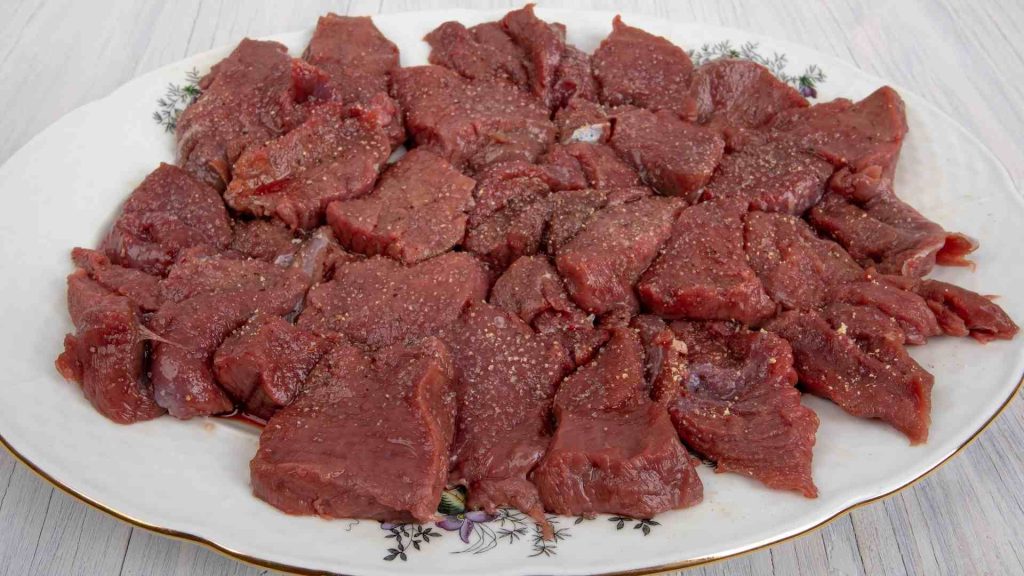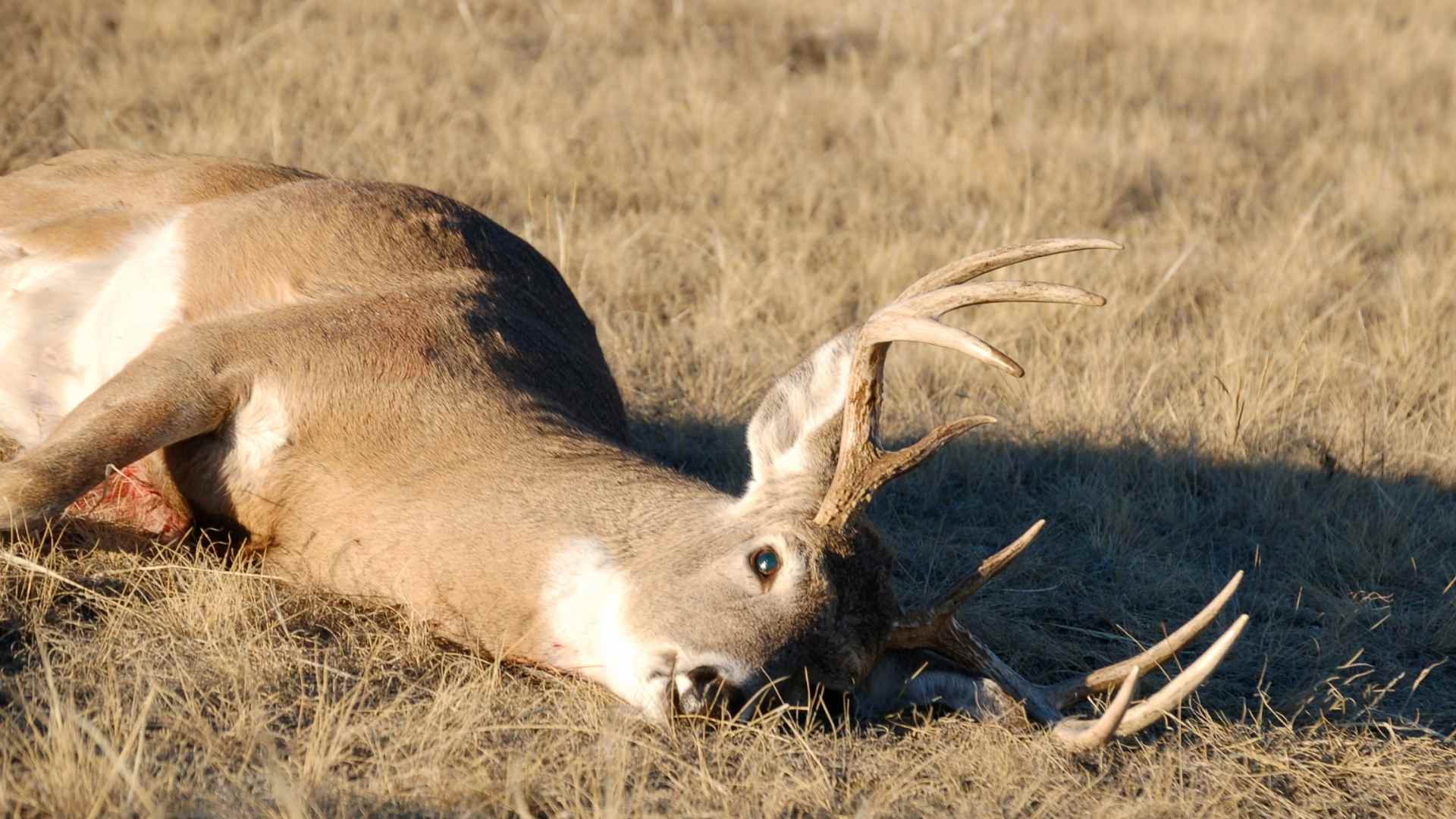As hunters, we have all been guilty of wondering whether or not the leftovers from our wild game dinner of several days past are still fit for consumption. This question is likely pondered far more frequently than one might assume yet is not easily answered by the bulk of hunters. “How long, exactly, is game meat good for in the fridge?”
If you find yourself faced with a similar question, you are in luck. We at Bow Addicted have done the necessary digging to uncover the answer to this question, as well as several additional questions that you might have concerning wild game food safety.
Contents (Jump to Topic)
ToggleLongevity Of Game Meat
When considering the longevity of game meat, there is one primary variable worth tabulating. This is whether or not the game meat in question has been previously cooked or if we are discussing raw or uncooked game meat.
For simplicity, we have divided the information below into two distinct subsections. This includes information about cooked game meat versus uncooked game meat. This alleviates any confusion regarding the safety of consuming wild game meat in any particular state.

Uncooked Game Meat
According to the USDA (United States Department of Agriculture), fresh or raw venison should be stored in a refrigerator for no more than 3-5 days. This assumes that the fridge in question is chilled to temperatures at or below 40-degrees Fahrenheit. Consuming venison that has been stored in a refrigerator for more extended periods risks becoming sick with foodborne illness.
Cooked Game Meat
According to the USDA (United States Department of Agriculture), cooked venison should be stored in a refrigerator for no more than 4-5 days. Again, this assumes that the fridge in question has been cooled to temperatures at or below 40-degrees Fahrenheit. Like consuming spoiled or tainted raw meat, eating previously cooked venison beyond this date risks serious illness.
Risks Associated With Consuming “Spoiled” Game Meat
When deciding whether or not to consume game meat that has been refrigerated for an extended period, one might ask themselves, “What is the worst that could happen?” In truth, there are risks involved with eating “old” or “spoiled” game meat, all of which are best avoided whenever possible.
If not consumed promptly, game meat can begin harboring pathogenic bacteria, much of which can cause several gastric issues. Some of the most common infections acquired through spoiled game meat are Salmonella and E.coli.
The symptoms associated with food-borne illnesses include fever, stomach cramping, vomiting, and diarrhea. In severe cases, an individual might be hospitalized to receive fluids following an infection of this type.
Signs Of Spoiled Meat
There are several key signs of spoilage to look for if you are unsure about a cut of meat’s quality or do not remember how long a particular cut of meat has been refrigerated. If any of these signs are present, the meat in question is best discarded.
The following are several signs of meat spoilage to be aware of.
- Change In Color: Tainted meat often takes on a different color than it initially did when stored in the refrigerator. While fresh, uncooked meat is typically red in color, tainted meat will turn grey or brown. Likewise, cooked game meat will also begin to change color with time. Cooked meat will take on a blue, grey, or green color in many cases.
- Discrepancies In Texture: The spoilage of meat is also typically accompanied by a noticeable change in texture. Rather than being firm and subtle, spoiled meat often becomes slimy or excessively greasy to the touch. If such changes in texture are evident, the meat in question should be discarded.
- Variances In Smell: Performing a smell test is another quick yet efficient way of determining if a particular cut of meat has begun to spoil. Fresh meat has very little odor at all. That which is evident is not strong or offensive in any manner. On the contrary, spoiled meat takes on a strong, rancid yet easily distinguished smell.
When in doubt, it is always best to err on the side of caution. If the safety of consuming a particular cut of meat is in question for any reason, it should be discarded without a second thought. One’s health is certainly not worth gambling on a leftover dish of venison.
Additionally, any wild game meat to be consumed should be thoroughly cooked to prevent the transmission of foodborne illness. In any event, a thermometer probe should be used to verify internal temperatures of 160-degrees or, more significantly, at the center of a cut of meat.
read.. what size of freezer for elk?
Additional Wild Game Meat Safety Tips
The following are several essential safety tips to remember when preparing your freshly harvested game meat for the table. Doing so will prevent the spread of foodborne illness and ensure that your culinary efforts go off without a hitch.
- Store Game Meat On The Bottom Shelf: Raw wild game meat should always be stored on the bottom shelf of a refrigerator. This prevents raw juices from dripping downward and accidentally cross-contaminating other food items.
- Wash Your Hands After Handling Raw Meat: Always be sure to wash your hands thoroughly after handling raw game meat. This prevents the spread of bacteria and contaminants to other non-meat food items.
- Wash Cutting Boards, Utensils, Ect.: After handling or working with wild game meat, be sure to wash all contaminated utensils. This includes knives, tongs, and cutting boards. It is important to complete such cleaning tasks before using these utensils to prepare additional food items.
- Refrigerate Unconsumed Portions In A Timely Manner: Upon finishing a meal, be sure to refrigerate any unconsumed portions of meat promptly. Generally, refrigeration should occur no later than two hours after a meal has been served. Carrying out this task on time prevents the development of dangerous bacteria.
- Freeze Any Unconsumed Meat After Three-Days: To prevent waste, freeze any previously cooked meat that has not been consumed within three days. Doing so extends the practical shelf life of the meat in question without the need to discard that which has gone uneaten.
What About Aging Meat?
Aging meat is the process of holding carcasses or cuts of meat to allow the enzymes in the meat to break down some of the complex proteins.
This is totally different from storing uncooked game meat in your fridge!
Aging should be done at temperatures of 34° to 37° F. The hide will be left on to prevent drying and weight loss. The whole process should be limited to a maximum of two weeks.






